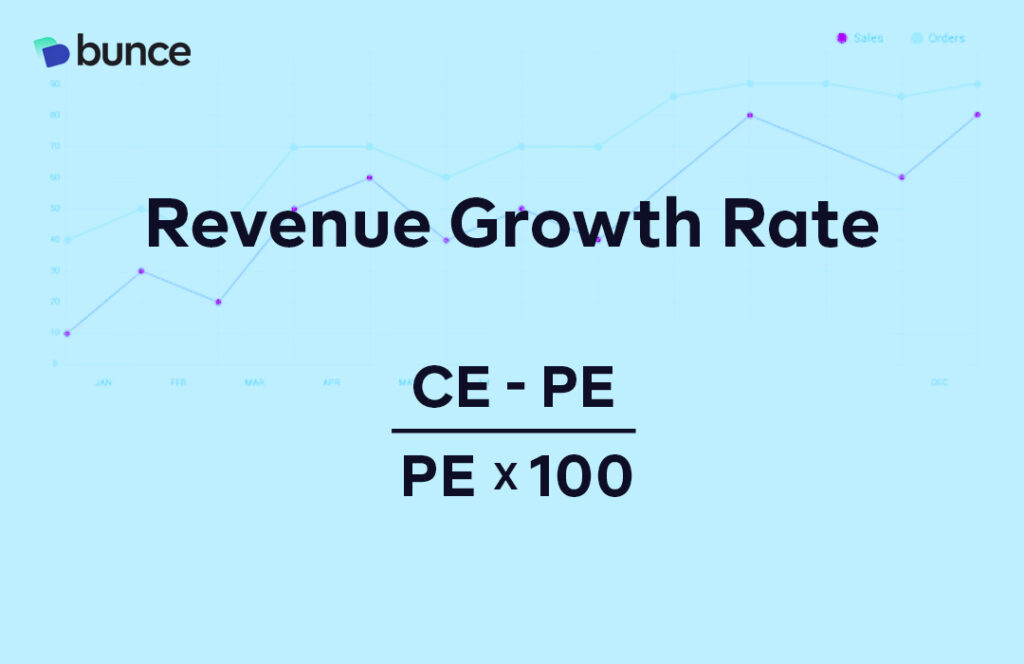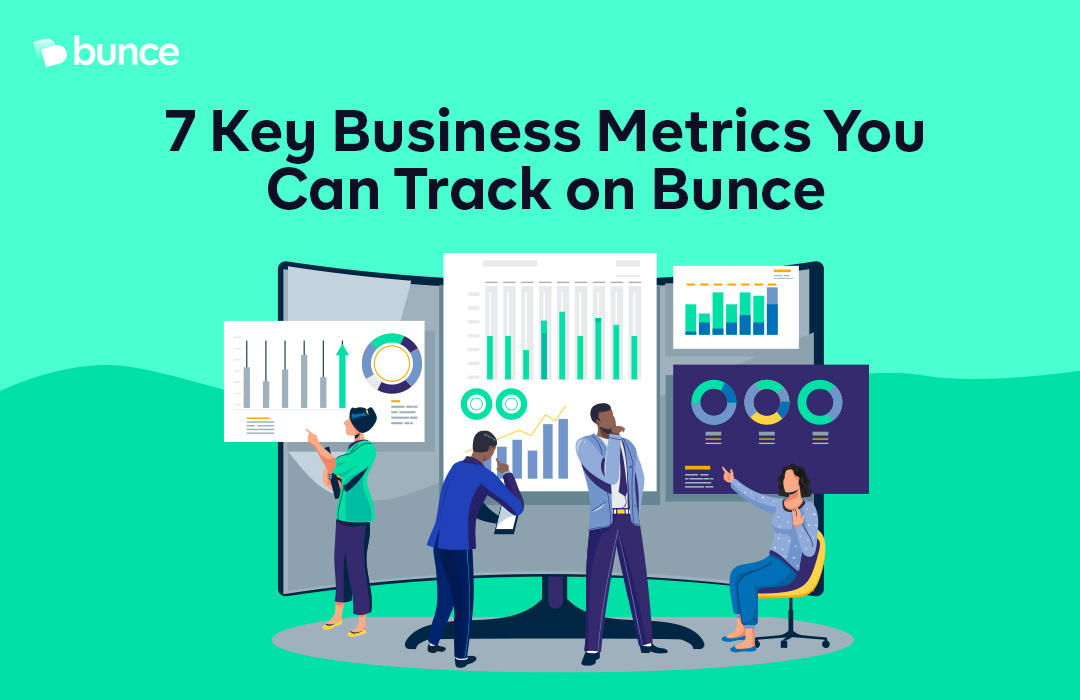Running a business without tracking its performance and customer growth is like walking in a dark room on the assumption that everything is okay. You may likely trip.
Bunce’s payment automation and customer value management platform is built to help businesses improve business performance and better manage customer relationships. We want to see businesses scale. This means, more sales, increased customer growth, and loyalty leading to long-term business growth.
In this piece, I share 7 key business metrics you can track on Bunce to check revenue growth, customer growth, and satisfaction.
1. Customer retention
Customer retention is a business metric that shows how many customers have made a repeat purchase with your business. It is the ability of a business to keep its customers.
If customers are leaving your business after their first purchase, you should find out why and use that feedback to smoothen the rough edges.
Some reasons for a low customer retention rate could be, poor customer service, a product glitch, high pricing, poor communication, or a faulty marketing strategy, amongst many others. We shared 6 effective customer retention strategies to boost your retention rate. Check it out here.
2. Customer Lifetime Value
Customer lifetime value shows how much a customer is worth to your business throughout the time they stay with your business. Calculating CLV can reveal your loyal customers, your highest paying, average paying and low paying customers.
It is calculated as the amount of money or sales from a customer over a period of time, either quarterly or in a year.
Take for instance,
- Customer A purchases your services monthly at $500, and stays for two years
- Customer B purchases at $500 and stays for six months
- Customer C purchases at $300 and stays for two years
Let’s calculate
$500 x 24 months = $12,000
$500 x 6 months = $3,000
$300 x 24 months = $7,200
The CLV for customer A is valued at $12000, CLV for customer B is valued at $3000 and CLV for customer C is $7,200.
The highest paying customer over a period of time can be deceptive when it comes to discovering your most loyal customers. From the scenario above, it is obvious that Customer C is more dedicated to the product than Customer B although his monthly purchase is lower. His period of stay is longer.
The longer the customer stays and buys from your business, the higher their customer lifetime value.
3. Revenue growth rate
As the name implies, revenue growth rate shows the increase or decrease in revenue, for example from the previous monthly earning to the current. Revenue growth rate is calculated as
Current earnings – Previous earnings. Divide the difference by the previous earning and multiply by 100.

CE – PE
PE x 100 =
Revenue Growth rate.
Calculating revenue growth rate gives you insight into where a revenue spike came from, a cross-sell, a plan upgrade for subscription businesses, or a new customer. It can also reveal churn- how many customers have stopped doing business with you. Revenue growth is important to keep track of as it indicates business progress.
4. Failed payment
This metric shows how many customer payments failed and the reason for the payment failure for a quick recovery. Failed payment is one of the ways businesses lose revenue and customers. If you don’t track and recover your failed payment, it can affect the planned revenue for your business and lead to involuntary customer churn.
Failed payments could occur for several reasons- network error, insufficient funds, wrong card details or card expiration, or downtime with the payment provider.
On Bunce, you can activate a smart retry to collect the payment after a failed attempt.
An interesting bit is that loan-tech companies, or buy now, pay later (BNPL) businesses, can activate partial payment collection on Bunce. This means, instead of losing out completely on collecting the money a customer owes, you can recover part of the money by allowing customers to make a partial payment depending on how much they have in their account and pay the balance next time.
5. New customers
This metric shows the number of new customers that have come into your business. You can review this daily, weekly, monthly, quarterly, or yearly.
6. Monthly recurring revenue (MRR)
For subscription businesses, it calculates the monthly recurring revenue. Simply put, how much comes in monthly, from customers subscribed to your product. Calculating MRR helps you discover cancelled subscriptions that impact your monthly recurring revenue and ultimately your annual recurring revenue.
7. Annual recurring revenue (ARR)
This is a subscription-based metric that calculates the business’ annual recurring revenue. This helps you monitor your revenue growth year over year and better strategize for the year ahead.
Now you know some of the business metrics you can track on Bunce.
These metrics will help you to understand your revenue growth, see how engaged and satisfied your customers are, and gauge how likely they are to recommend your product to their friends.
When you deliver value to customers, they will provide value to your business which implies more revenue.
Want to start keeping track of your business and customer metrics?
It’s easy peasy. Sign up on Bunce today and connect your payment providers, and you’ll be on your way to discovering your business health. You can also schedule a demo call and we’d be willing to give you a virtual tour of the Bunce platform.

